12 Great ESL Listening Activities & Games
Do you struggle with finding interesting ways to teach ESL listening skills?
Maybe you have an activity or two already but you want to be able to mix it up and keep things interesting.
By the end of this article, you will have 12 interesting English listening activities that you can use with ESL students of various ages and skill levels.
We even selected some great resources for your next listening lesson!
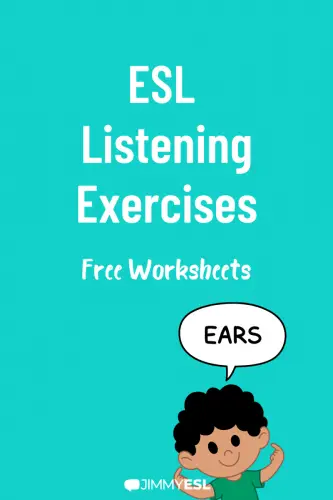
Why are Listening Skills so Important?
Listening makes up one of the four core areas of language: reading, writing, speaking and listening.
If our students’ listening isn’t good enough then they are missing out on a quarter of their language ability!
Listening is needed in order to do things such as watching movies, listening to music and having conversations.
The problem is that this skill can easily become underdeveloped. Visual tasks such as reading and writing may seem more comfortable and so students may prefer to give these more time.
While this may be easier in the short run it means that those skills become a lot stronger but their listening gets left in the dirt.
We need to make a conscious effort to give listening skills the attention they deserve!
This article has a list of plenty of listening exercises that you can begin using today and let your student’s listening skills play catch up!
Browse our full archive of ESL teacher resources and worksheets.
12 Low or No Prep ESL Listening Activities
Here is the list of activities, exercises, and games that you can start using with your students to improve their listening skills.
Everything has been arranged into different groups to make finding the right activity for the right student even easier. Let’s begin!
Listening Exercises for Beginners
Gap Fill (Cloze Testing)
Start by writing out a sentence but omit some of the words. Each student needs a copy of this sentence.
Next, you simply read the sentence (including the missing word) and the students fill in the missing word.
Difficulty can be increased by omitting more words, speaking quicker or changing which words you leave out.
For example, if you have a sentence such as “I like to … cake” it is fairly easy to guess a word like “eat”, there are only so many words that would make sense here.
However, if we instead have a sentence like “I like to eat …” then all of a sudden there are so many more words that could fit there which makes it harder.
Always review the students’ results and use them as feedback for creating the next set of exercises.
Resource tip: Here is a selection of sample gap-fill texts.
Odd Word Out
With this activity, you need to first take a piece of a chosen text.
You then need to create another version of this text for the students and in this version, you will need to change some of the words.
You then read out loud the text from your copy and the students have to circle which words are different.
This is a great activity as it trains the students to really focus on the sounds and how they match the words.
You can increase the difficulty by either using more difficult text, using a longer piece of text or by increasing the number of incorrect words.
Bonus points if the students can tell you what the correct word should be that you said!
Resource tip: Here you can find some easy stories to use for this exercise.
Choose the Right Picture
This activity is great for building listening skills with simple vocabulary. It’s very easy to set up too!
You first need a selection of pictures, one for each piece of target vocabulary. Each picture needs a corresponding letter. For example, if we have 26 pictures then we can use ‘A’ for the first picture and ‘B’ for the next picture etc.
If this is done with more than one student then put all of these pictures on one or two sheets of paper and make copies for everyone.
You then simply need to say one of the words from your selection and your students need to write the letter for that picture down.
For complete beginners, it’s better to say the target words in isolation but you can increase the difficulty by giving them phrases or sentences with the target word “hidden in them”. After a while, you could even include more than one target word to really ramp up the challenge.
Download vocabulary flashcards on classroom objects, body parts and shape names here.
Listening Activities for Advanced Students
Summarise
For this exercise, you will first need to have a piece of text with plenty of information. News articles are great for this.
You then either need a recording of the text being spoken or a script so that you can read it yourself.
Students will have to listen to what is being said, understand it and then write down a summary of the most important parts.
This can be quite a difficult task as there are a number of different skills students need to employ but it is extremely useful for comprehension.
In fact, this activity makes up part of the PTE exam so is especially great if you prepare any students for that.
Resource tip: My favourite site for news stories is BBC news.
Movie Star
First, you will need a movie clip with just two characters speaking (around 1-2 minutes).
Next pair two of your students and assign one of the characters to each student.
Your students will get a chance to watch the clip now and they will have to make notes on the dialogue.
Once they have made their notes they will then have to perform the scene themselves.
Now obviously it is unlikely they are going to get it word for word. Instead, you need to focus on them conveying the important parts of the scene. Make sure to tell them this in advance so that they don’t feel too stressed about trying to memorise every single word.
If you want to increase the difficulty then try this without any visual, just allow the students to listen to the scene. This makes it much harder as there is no visual context for what’s happening.
Also, you can choose a film that is less likely to be known by the students to make things even trickier.
Resource tip: You can either curate your movie collection to find some good scenes or even easier just search for them on youtube!
Take a Message
This is an activity which is extremely practical as it’s something that will need to be done in a workplace for example.
Your student will play the part of a secretary. The boss isn’t in right now and so they will need to take a message for later.
For the telephone message, you can ring the student from another room. If this isn’t possible then ring from at least the other side of the room and facing away from each other so that they don’t get any visual clues.
This is similar to the “Summarise” activity but this time the quality of the call will be degraded as it’s coming from a telephone. This is also a conversation so the student will also have a chance to ask you to repeat details or confirm certain things.
This activity is a great chance to teach your students some stock phrases such as “I’m sorry, could you repeat that?” as well as teaching them how to spell things using the NATO phonetic alphabet (alfa, bravo, charlie).
Memory Race / Running Dictation
Start by printing out some short pieces of text. You need to stick these around the classroom.
Next, split your students into pairs. Student A is the “fetcher” and student B is the “writer”.
Student B has to stay at their desk with their pen and paper. They are in charge of writing down the information they hear from student A.
Student A has to walk (or run if it’ safe!) to where the paper is. They then have to read and remember as much of it as possible before telling student B the information to write down.
They will need repeated trips to get it all, so it is motivating for them to remember as much as possible.
The first team to get their paper written down (with relatively few mistakes) is the winner!
This game is great for waking your students up and getting them moving about.
Remember to switch over so that everyone gets a turn.
Resource tip: Try using some short stories for this exercise.
Here’s a more detailed instruction on running dictations.
Listening Games for Children
Simon Says
If you haven’t played Simon says before then let me break down the rules to this classic children’s game.
First, the teacher will say “Simon says” followed by a verb phrase, e.g. “Simon says jump”. The students then have to do the actions.
You can make this competitive by having a student lose a point if they do it wrong, or if they’re the last.
However, if you’d prefer to keep a more relaxed environment (possibly better with younger students) then even just having them copy you will be fun enough as it gets them moving around.
Resource tip: The wikipedia page has a list of the names of this game in other languages so that your students can recognize it immediately!
Treasure Hunt
Another active game to wake up your younger students.
The idea for this game is for the teacher to say a word, e.g. “clock”, the students then have to get to that item as quickly as possible.
In order to make this a little more difficult, you could just say a letter and the students have to run to something that has the same first letter. E.g. if you say “b” then the students could run to the board or to a ball.
Resource tip: If there aren’t enough things in the classroom then you can print out some vocabulary cards and hide them around the room.
Call & Response
This one is good for training listening memory and can be a lot of fun for kids to be loud!
Simply take a word or short phrase, say it out loud and get them to shout it back to you as loud as they can!
This is very high energy so is great if you catch them falling asleep.
This works even better if you use a song or a chant to bring the energy levels up and make it even more fun!
Again, the length of the phrase can influence the difficulty. You could warm up with single words before making longer phrases later on.
E.g
“hello” … “hello”
“I’m happy” … “I’m happy”
“I’m happy to meet you” … “I’m happy to meet you”
Resource tip: Here’s a long list of great call and response ideas.
Listening Activities for Adults
“Drinking” Game
This is based on the classic drinking game where every time someone says a designated word you have to drink.
Now we can’t exactly do the same here (unless you have a very particular kind of student!) so we will have to replace the drinking alcohol with some other kind of activity.
You could take a sip of water or coffee instead or you could act out some kind of activity, e.g. every time somebody says the word “fall” you have to clap your hands.
Once you have the rules set out you then need the audio. For this, you can either find your own audio material on youtube etc or you can simply read it yourself.
Bear in mind that if you do read it yourself then your attention will be split between reading and focussing on the student’s ability.
Resource tip: Here is a list of useful podcasts you can use for this exercise.
Transcription
This one is a little less fun but ideal for more serious students.
Simply take a piece of text, and read parts at a time with the student writing or typing what you are saying.
For this, I start slow by saying one word at a time with a gap in between each. After a while move up to doing two words with a gap in between and keep increasing the number of words.
The idea is to eventually get to a point where the student can transcribe entire sentences.
Once you have finished with a sentence then go through and mark it.
This is a good time to talk about logic in sentences.
For example, if they wrote down “Yesterday, I went to the peck and had a picnic.” then we could talk about why “peck” is not such a good choice here. We are expecting a noun and specifically a place.
Once we have gone through the type of word that should go there then they are more likely to end up with the right word “park”.
Resource tip: The Guardian is constantly updated with relevant news articles.
Meeting Minutes
In this exercise, you are roleplaying a meeting.
The teacher’s role is to speak on a particular topic for 5 minutes or so and the students have to listen and create minutes of the “meeting”.
The purpose of this exercise is for students to scan for the most important information and make a note of it.
The minutes they create can be basic bullet points as long as they have correct and relevant information. You can also give them a few minutes to tidy up their notes at the end.
This exercise is great because it is very relevant to utilizing listening skills in a real-world environment so the students will benefit greatly from this.
To mix things up you could also get one of the other students to speak in the meeting and have everyone else create minutes from them.
Resource tip: This page has plenty of roleplays and activities for meetings.
Conclusion
As I’ve said before, this is an area that can be easily neglected especially if your students aren’t doing much in the way of self-study.
Make sure to revisit their listening skills often to keep everything even.
Find great ESL speaking activities for your students here.
Also, it’s a good idea to familiarize yourself with as many of these as possible so that you are able to mix things up and keep your classes interesting and fun for your students.
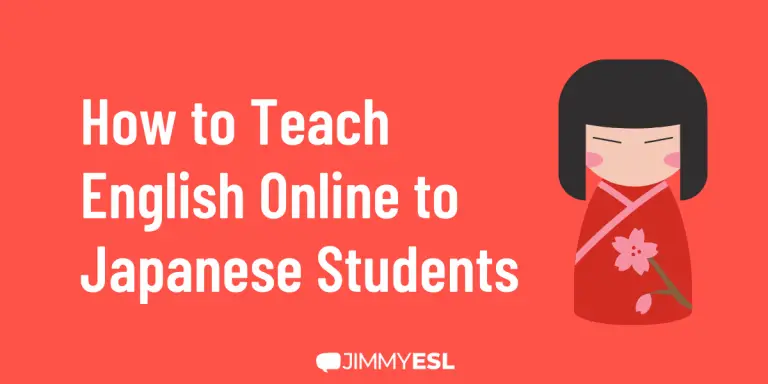


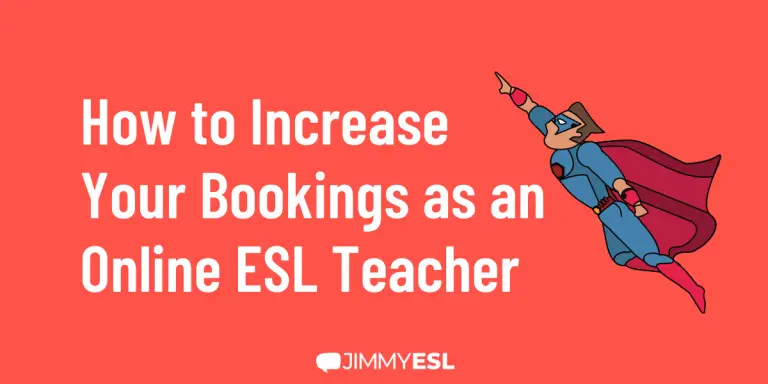
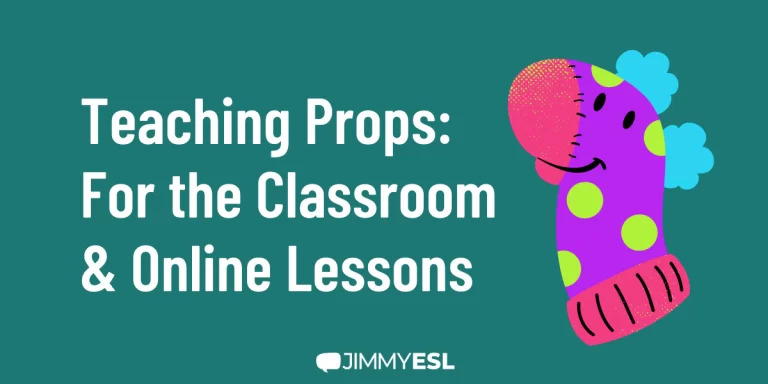
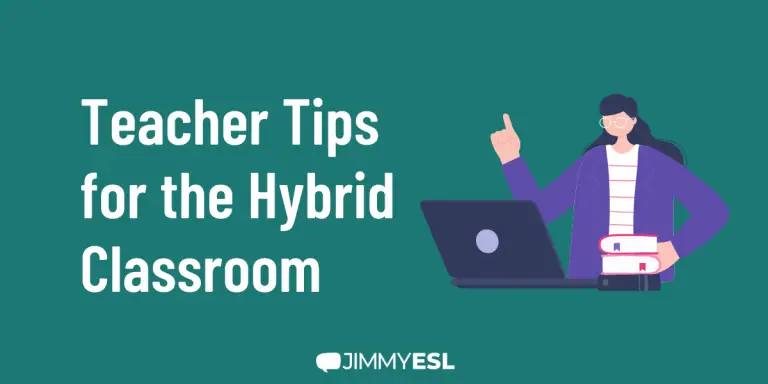
Terrific information found right here! Thank you for sharing.
Very good article, easy to understand
Very good article, easy to understand :)